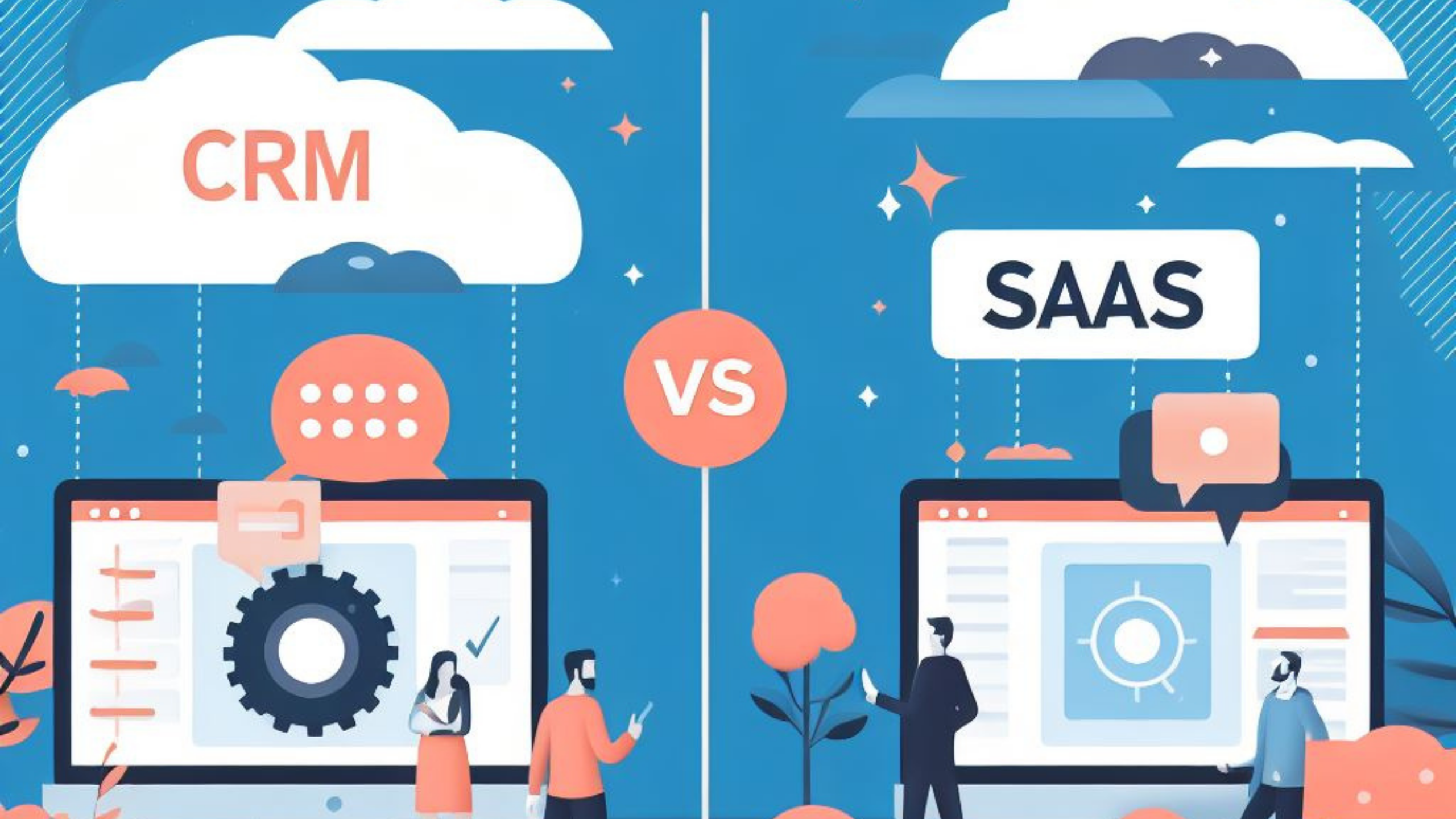CRM vs. SaaS: Distinguishing Between Software Models
- Proposal Software Customer Relationship Management


CRM vs. SaaS: Distinguishing Between Software Models
Customer Relationship Management (CRM) and Software as a Service (SaaS) are two distinct but often interconnected concepts in the software landscape. In this article, we’ll delve into the differences between CRM and SaaS, exploring their unique characteristics and how they contribute to the broader software subscription stack. Additionally, we’ll highlight relevant SaaS products to provide practical insights into the diverse offerings within these categories.
Understanding CRM and SaaS
Differentiating CRM and SaaS
Customer Relationship Management (CRM):
CRM refers to a set of practices, strategies, and technologies that organizations use to manage and analyze customer interactions throughout the customer lifecycle. A CRM system helps businesses streamline processes, improve customer relationships, and drive sales by leveraging data and insights.
Software as a Service (SaaS):
SaaS, on the other hand, is a software distribution model where applications are hosted by a third-party provider and made available to customers over the internet. Users can access SaaS applications through a web browser, eliminating the need for local installations and manual updates.
Key Differences
CRM vs. SaaS
- Nature:
- CRM: Focuses on managing customer interactions, data, and relationships.
- SaaS: Encompasses a broader category of software delivery, including CRM and various other applications.
- Functionality:
- CRM: Specifically designed for customer-centric activities, such as sales, marketing, and customer support.
- SaaS: Can cover a wide range of applications, from project management to collaboration tools, in addition to CRM.
- Deployment:
- CRM: Can be deployed on-premises or accessed through the cloud, depending on the organization’s preference.
- SaaS: Exclusively cloud-based, with users accessing applications via the internet.
- Scope:
- CRM: Targets customer-centric functions and workflows.
- SaaS: Encompasses various software solutions delivered as a service, not limited to customer management.
Exploring Relevant SaaS Products
To provide a practical perspective on CRM and SaaS, let’s explore some relevant SaaS products:
- Salesforce: A cloud-based CRM platform known for its extensive features and customization options.
- Microsoft 365: A suite of productivity tools delivered as SaaS, including Word, Excel, and Outlook.
- Slack: A team collaboration platform that falls under the SaaS category.
- Zendesk: A customer service software that operates on a SaaS model.
- Trello: A project management tool delivered as a SaaS solution.
Conclusion
In conclusion, CRM and SaaS are distinct concepts, with CRM focusing on customer-centric activities and SaaS representing a software delivery model. Understanding the differences is crucial for businesses seeking to optimize their software stack.
Exploring tools like Salesforce, Microsoft 365, Slack, Zendesk, and Trello provides a glimpse into the diverse world of SaaS applications. As businesses navigate the evolving software landscape, the synergy between CRM and SaaS remains integral to achieving operational efficiency and fostering customer-centric practices.





